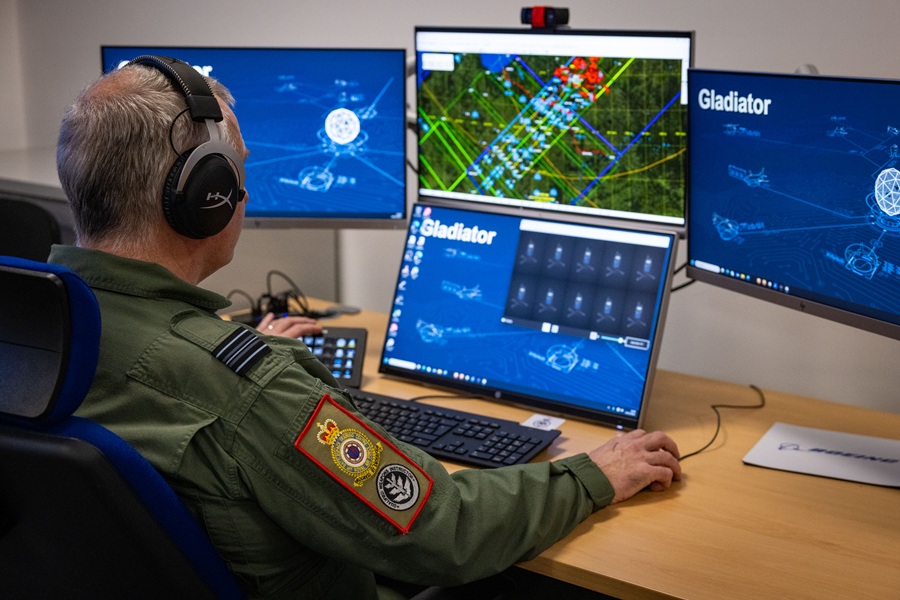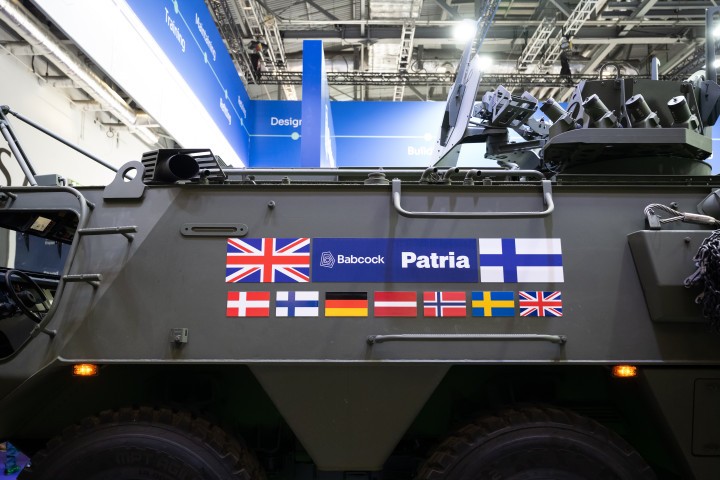ISR sats to secure over 50% of global military sats market by 2031

Image courtesy GlobalData
As most contemporary spy satellites have a short operational life, the military satellites market is expected to witness further investments in the replacement of aging satellites with newer ones. The ISR satellites segment is expected to reach US$7bn by 2031, growing at a compound annual growth rate (CAGR) of 3.67% during 2021-2031.
Between 2021 and 2031, the communication satellites segment is expected to be the fastest growing segment with a CAGR of 4.97%. An increasing demand for communication bandwidth from unmanned aerial vehicles (UAVs) and other modern communication equipment has led to a substantial increase in the number of satellites and technological innovations in the communication segment. Countries that already possess military communication satellites have also initiated new programs to fulfil their need for greater bandwidth. On the other hand, the navigation satellites segment growth is driven by the development of new global and regional navigation satellite systems over the forecast period.
Venkatesh Kandlikar, Defence Analyst at GlobalData, said: “The global military satellite industry is currently undergoing major transformations in development and launch costs. Owing to advancements in miniaturization, the cost of developing satellites has reduced significantly over the past year, enabling countries with smaller budgets towards indigenous development. With changing geo-political equations, the demand for small satellites among military forces is expected to grow steadily, with military organizations upgrading their satellites’ capabilities to enhance its operability.”
The development of advanced electronically scanned array (AESA) technologies and the significant progress made in the field of quantum technologies are anticipated to elevate the demand for more capable satellites for military use in the near future. Countries such as China, Singapore, India, the US, Germany, and Austria have made significant demonstrations and are increasingly investing in Quantum technologies for space utility to provide their armed forces with unhackable communication capabilities.
Venkatesh added: “Over the forecast period, it is expected that the collaborative approach to the development of military satellites will become more prominent, as countries in a particular region with similar military interests strive to develop highly expensive satellites, primarily to reduce investment burden. This will also benefit the countries in terms of the integration of indigenous technologies from each country and will better develop capabilities of militaries.”












